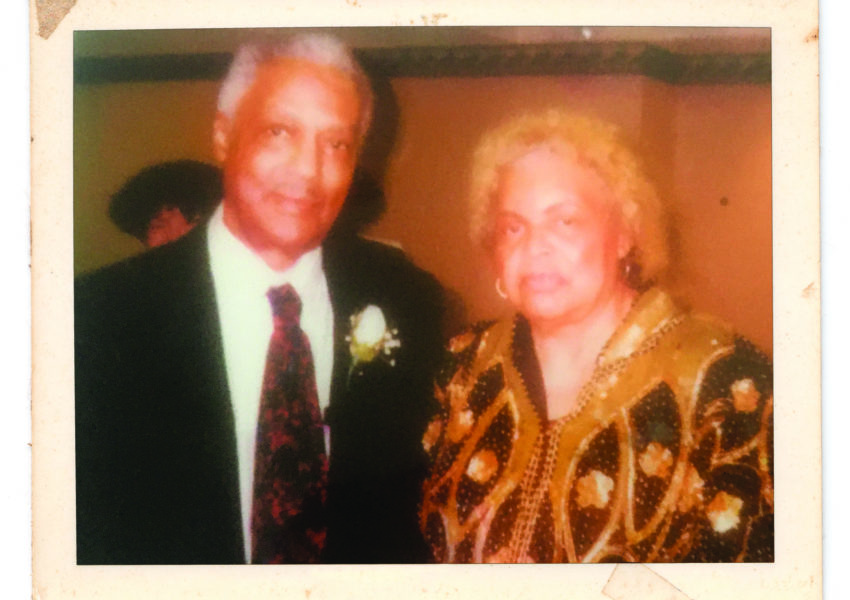
The Spirit and the Food Feeds Them Methodist camp meetings are a centuries-old tradition for black and white worshippers in South Carolina.
by Holly Lynton
(An abridged version of this photo essay appeared in the Winter 2019 issue of Gravy magazine. Download the print version here.)
![]()
Four camp meetings occur every Fall in Dorchester County, South Carolina.
Also known as revivals, they conclude on successive Sundays in October. The tradition began in the 1790s during the Second Great Awakening and with the rise of Methodism in the United States. As settlers moved farther west into unpopulated areas, the Gospel was spread by itinerant ministers who rode on horseback to preach in fields or under arbors of trees. Attendees gathered for a week in tents and covered wagons. Later, wooden cabins replaced the cloth tents. The camp meetings in South Carolina represent some of the oldest, still active meetings in the nation.

The tabernacle at the Shady Grove campground.
In the early years, these camps ministered to enslaved people and slaveholders alike, and enslaved people and free African Americans could serve as preachers in the 1700s. Historical research suggests that where black and white worshippers attended services in the same space, they were divided into separate seating sections.

After the Civil War, African Americans established its own camp meetings. In 1870, Shady Grove was established when a formerly enslaved man, Ceasar Wolfe, helped a rice farmer bring in his crops before a storm and was given the land for spiritual use in return. St. Paul started slightly later, around 1880, after members of the Harleyville congregation that gave the campground its name saved to buy the land.


Today, the camp meetings are still separated by race, although some sermons urge inclusiveness. At Indian Field, a minister opened with the line “we are divided not by race, but by racism” and encouraged the white attendees to embrace differences and heal the divides in our country.
Traditionally, families would move to the campground for the week and send their children to school from there. Now, while some families still adhere to that tradition, others attend for only a long weekend or go home to sleep in evening.


These camp meetings take place at a good time to celebrate the annual harvest. Tables show the bounty of vegetables: sweet potatoes, field peas, butter beans, black-eyed peas, cabbage, green beans. People grow and put away food all year to prepare. Fried chicken is a staple, served at both white and African American meetings.
At Indian Field and Cypress, experienced African American cooks prepare meals, mostly over wood-burning furnaces. Many cooks take a week off from other work to cook for the pay they will receive from each family. Others retired from their primary jobs, but still cook for the meetings each year. The meetings are staggered so that cooks may work at one camp and attend and cook for their own families at another one.


![]()


At the black camp meetings, many families devote special nights to fish or wild game caught locally. Herbert Gardner, one of the St. Paul trustees, reported that his brother caught and cooked a beaver one year, although he was not brave enough to try it. This year dishes like Frogmore stew (cousin to a Lowcountry boil), blue crabs, fried fish, and shrimp boil were on the menu, as well as deer meat and raccoon.


![]()


Many elders wonder if the camp meeting tradition will survive the next decade. With that in mind, some younger adults recognize these gatherings’ value and discuss ideas for reinvigorating this unique mix of family reunion, fellowship, and spiritual practice. A unifying element of camp meetings is the families’ willingness to share their stories, their food, and their kindness with strangers. No visitor to a camp meeting will ever leave hungry.

Friends and cousins gather at the St. Paul camp meeting, and play a childhood game of “Concentration” on the front porch of their tent one rainy Saturday afternoon.
Holly Lynton is a Massachusetts-based photographer who focuses on rural communities, agricultural history, and nature in the United States.




